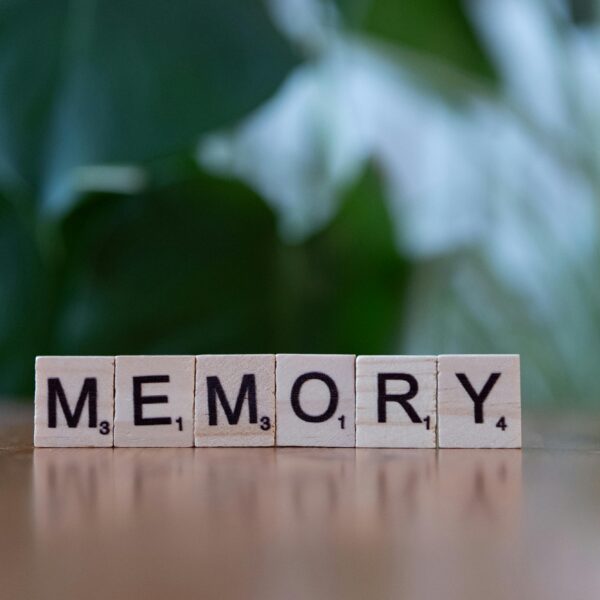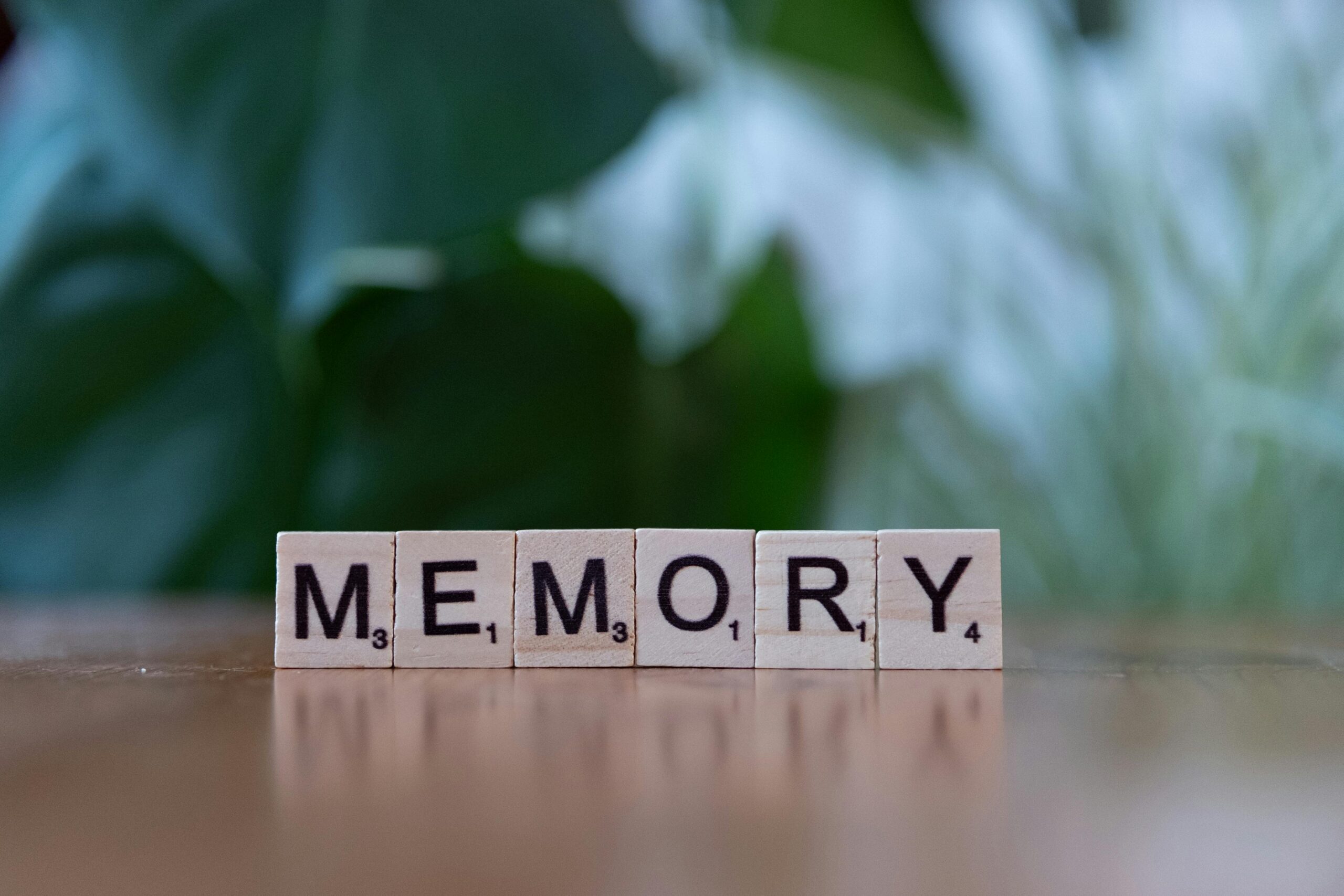Your cart is currently empty!
Report | Liquid Trees: Innovative Solutions for Urban Pollution
Urban air pollution is a pressing global issue, contributing to significant health problems and environmental degradation. Traditional methods of pollution control, such as reducing emissions from vehicles and industries, are essential but often insufficient to address the scale of the problem. In response, researchers have been exploring innovative solutions, including the concept of “liquid trees.” This report examines the development, mechanisms, and potential benefits of liquid trees as a means to combat urban pollution.
What Are Liquid Trees?
The term “liquid trees” generally refers to bioengineered or artificial systems designed to mimic the natural processes of trees in capturing carbon dioxide (CO2) and other pollutants from the atmosphere. These systems can take various forms, including genetically modified trees, artificial structures, and liquid absorbent technologies.
- Bioengineered Trees: Researchers are investigating the genetic modification of trees to enhance their natural abilities to absorb CO2 and filter pollutants. These modifications may involve increasing leaf surface area, improving photosynthetic efficiency, or enhancing root systems to better capture and process pollutants.
- Artificial Trees: Some projects focus on creating artificial trees that can capture CO2 directly from the atmosphere. These structures often utilize advanced materials and chemical processes to facilitate the absorption and conversion of CO2 into solid carbon or other useful products.
- Liquid Absorbents: Liquid trees may also refer to systems that use liquid solutions to absorb pollutants from the air. These systems can be designed to mimic the natural processes of trees, where liquid solutions capture CO2 and other harmful gases, effectively cleaning the air.
Mechanisms of Action
Liquid trees operate through various mechanisms, depending on their design:
- Photosynthesis Enhancement: Bioengineered trees may utilize enhanced photosynthesis to increase the rate at which they absorb CO2. By modifying the genetic pathways involved in photosynthesis, researchers aim to create trees that can sequester more carbon than their natural counterparts.
- Chemical Absorption: Artificial trees and liquid absorbent systems often employ chemical reactions to capture CO2. For example, some systems use amine-based solvents that react with CO2 to form stable compounds, which can then be processed or stored.
- Air Filtration: Liquid trees can also incorporate filtration technologies that remove particulate matter and other pollutants from the air, improving overall air quality.
Applications and Benefits
The potential applications of liquid trees are vast, particularly in urban environments where traditional greenery is limited. Key benefits include:
- Pollution Reduction: Liquid trees can significantly reduce urban air pollution by capturing CO2 and other harmful pollutants, contributing to cleaner air and improved public health.
- Carbon Sequestration: By enhancing the ability to sequester carbon, these technologies could play a crucial role in mitigating climate change. The captured carbon can be stored or converted into useful products, creating a circular economy.
- Aesthetic and Ecological Value: Integrating liquid trees into urban environments can provide green spaces that enhance the aesthetic appeal of cities while supporting biodiversity. They can also serve as educational tools, raising awareness about environmental issues.
- Space Efficiency: Liquid trees can be designed to fit into urban infrastructure, such as building facades, parks, and public spaces, making them a practical solution for cities with limited space for traditional greenery.
Case Studies and Research
Several research initiatives and projects have explored the concept of liquid trees:
- The CityTree Project: Developed by the company Green City Solutions, the CityTree is a mobile, modular system that uses moss and other plants to filter air pollutants. It has been deployed in various cities across Europe and has shown promising results in reducing particulate matter and improving air quality (Green City Solutions, 2021).
- Artificial Trees for CO2 Capture: Researchers at the University of California, Berkeley, have developed artificial trees that use a chemical process to capture CO2 from the air. These structures can absorb significant amounts of CO2, providing a potential solution for urban areas with high emissions (University of California, Berkeley, 2020).
- Bioengineered Trees: A study published in Nature Biotechnology explored the genetic modification of poplar trees to enhance their carbon sequestration capabilities. The researchers found that these modified trees could absorb significantly more CO2 than their unmodified counterparts (Zhou et al., 2019).
Conclusion
Liquid trees represent a promising innovation in the fight against urban pollution. By mimicking or enhancing the natural processes of trees, these systems can significantly improve air quality, contribute to carbon sequestration, and provide aesthetic and ecological benefits in urban environments. As research continues to advance, liquid trees may play a vital role in creating greener, healthier cities.
References
- Green City Solutions. (2021). CityTree: The Mobile Air Filter. Retrieved from Green City Solutions
- University of California, Berkeley. (2020). Artificial Trees Capture CO2 from the
TheHill.com Just In Unbiased Politics News
- Political winners and losers of 2025by Niall Stanage on December 31, 2025 at 1:51 PM
President Trump’s return to power dominated 2025. He began his second term with rapid moves aimed at shifting the nation’s political culture — and then just kept going. Trump’s approach cleaved the nation on visceral topics like immigration. Unauthorized migration across the southern border slowed to a trickle but Immigration and Customs Enforcement (ICE) raids…
- In defense of Mamdani’s much maligned housing planby Benjamin Upshaw, opinion contributor on December 31, 2025 at 1:30 PM
Zohran Mamdani’s housing plan has been critiqued up, down and across the aisle since it was announced in February. These attacks seemingly come from people who have not read his plan, or do not understand its nuances enough to properly critique it.
- Trump Derangement Syndrome changed definitions in 2025by Jos Joseph, opinion contributor on December 31, 2025 at 1:00 PM
Middle-class and working-class Trump voters are beginning to question their support for the MAGA movement as they face economic hardship and the Trump administration’s policies have not delivered the promised benefits.
- Walz on frozen federal child care payments: ‘This is Trump’s long game’by Max Rego on December 31, 2025 at 12:52 PM
Minnesota Gov. Tim Walz (D) slammed the Trump administration for pausing child care payments to his state amid increased federal scrutiny of alleged fraud within its social services programs. “This is Trump’s long game,” Walz wrote Tuesday in a post on social platform X. We’ve spent years cracking down on fraudsters. It’s a serious issue…
- How the US could lose its Diego Garcia military base to China by Gordon G. Chang, opinion contributor on December 31, 2025 at 12:30 PM
After the loss of Bagram air base in Afghanistan, Diego Garcia is a critical lifeline for the American military in the region.
Featured Articles
Search
Author Details




















Leave a Reply